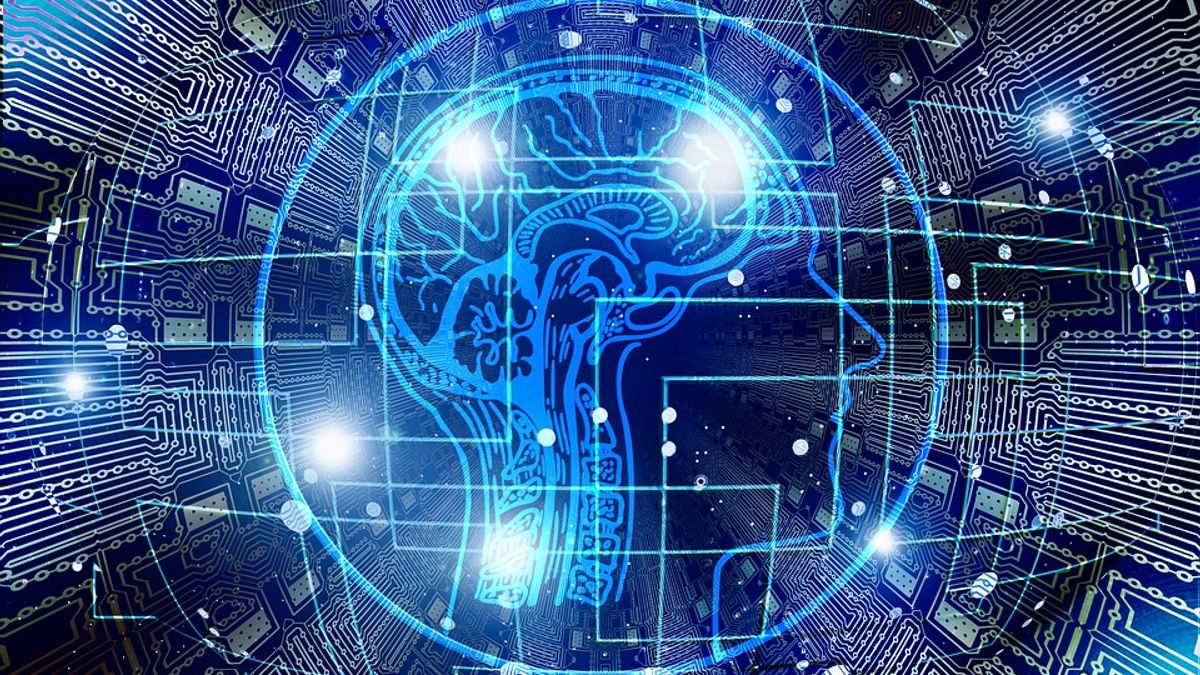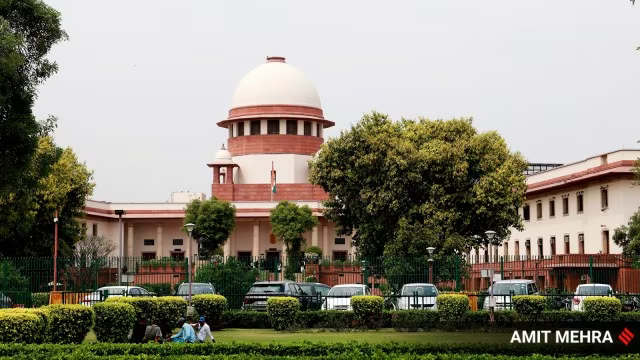
AI Innovation in Indian Judiciary a Distant Dream Without an Open Data Policy
Judicial data is currently scattered, haphazard
Amid rising global interest in the capabilities of transformative technologies such as artificial intelligence (AI), the Indian judiciary ushered its advent last year.
During his speech on the National Constitution Day (November 26), the Chief Justice of India, Justice Bobde, announced the launch of a neural machine translation (NMT) tool called SUVAS (Supreme Court Vidhik Anuvaad Software) that can translate orders and judgments in English to nine vernacular languages. He further expressed optimism towards the use of AI to improve the overall efficiency of the Indian judiciary and to lessen its perennial backlog of cases.
However, despite the large interest in the development and deployment of transformative technology such as AI in the Indian judiciary, considerable challenges remain before it can be a reality. For the most part, it is difficult to conceive such technologies given the scarcity of open access to judicial information and datasets– a fact that has been amply discussed and critiqued by Vidhi’s JALDI mission in its recent Open Data report.
While the Covid-19 outbreak has created conversations around the need for technological interventions such as video conferencing in Indian courts, these need to be institutionalised in the judiciary even after the crisis. And unless current judicial data is opened for technological innovations, attempts at creating an integrated judicial ecosystem will be half baked.
This piece explores the need to systemically improve collection, quality, archiving, and accessibility to different forms of judicial data, and suggests how this can be done.
Current data with judiciary is scattered
The computerisation and interconnectivity of courts under the e-courts mission mode project has led to a robust framework to facilitate an open access to large bundles of information captured by Indian courts. Yet, in the absence of an overarching open data policy, this information, collected by the judiciary, remains scattered and haphazard.
Data is the fuel that drives AI innovation and in the absence of curated, machine readable datasets, the notion of legal AI (to aid lawyers) and judicial AI (to be deployed in courts) seems far-fetched. Therefore, it is crucial that all existing information, and information which will be collected and collated in the future, be archived into readily available datasets, in compliance with recognised principles of open access to data.
How can judicial data be used for AI?
1. Giving access to judicial statistics for innovation: Judicial statistics refer to quantitative figures that capture different facets of the justice system. A prime example of publishing judicial statistics is the National Data Judicial Grid (NJDG), an online dashboard that updates pendency numbers across all district and high courts in India, in real time. Giving third-party technologists API (application programmes interfaces) access to the NJDG and other e-courts websites that collect judicial statistics can lead to better data analytics for technological innovations.
2. Using existing pool of judgments and cases: Another key piece of judicial data that must be harnessed is the large pool of judgments and case law.
Under the principles of common law which Indian courts inherited from our Anglo-colonial judicial system, past judgments are binding law that govern the rights and duties of individuals, even if they were not party to the original cases (i.e., the doctrine of stare decisis). Therefore, having a clear understanding of case law is not only something that is required by the advocate but its rudimentary understanding can greatly benefit the common litigant.
Other countries are already experimenting with a wide variety of case law analytics, from smarter searches to tools preparing legal briefs based on past jurisprudence. There are also more advanced analytical tools which are fed copious corpuses of judgments to predict the potential outcomes of an actual case. Such tools, sponsored by the judiciary could remarkably improve access to justice.
Conclusion
It is time we go beyond the usual arguments of transparency and accountability in the judiciary as they will in any case be an axiomatic consequence of an open judiciary. Instead, if the Indian judiciary truly wants to utilise the transformative potential of emerging technologies such as AI, it is critical for it to recognise the impediments in current data and remedy them swiftly. An open data policy setting out ground rules of data accessibility, as well as carving exceptions to preserve individual informational privacy, is a sine qua non for the Indian judiciary in today’s digital age.
Views are personal.



